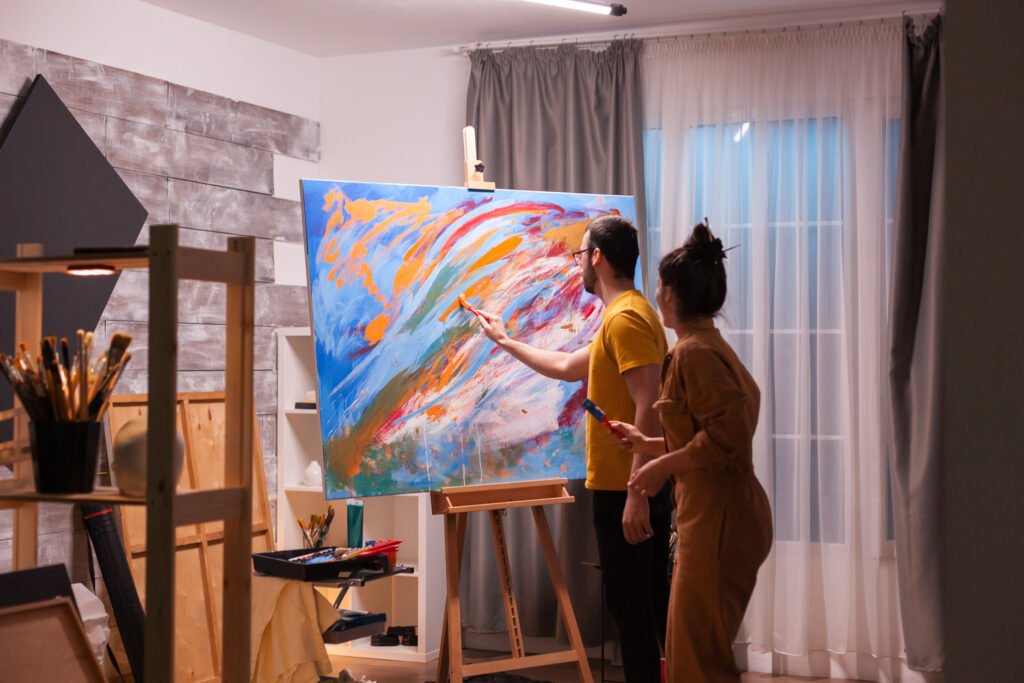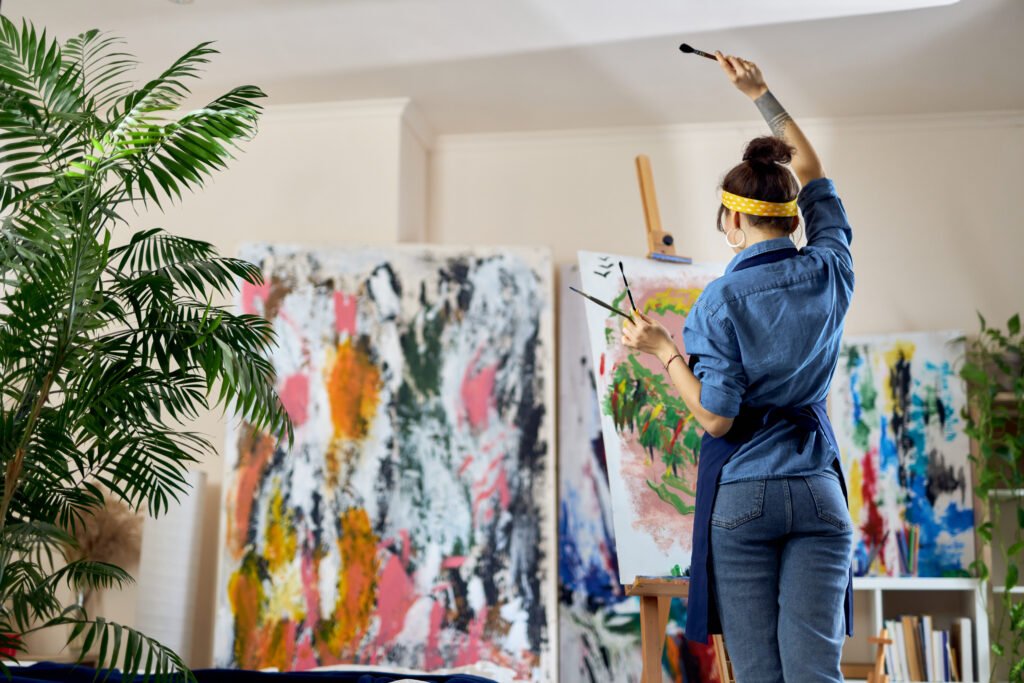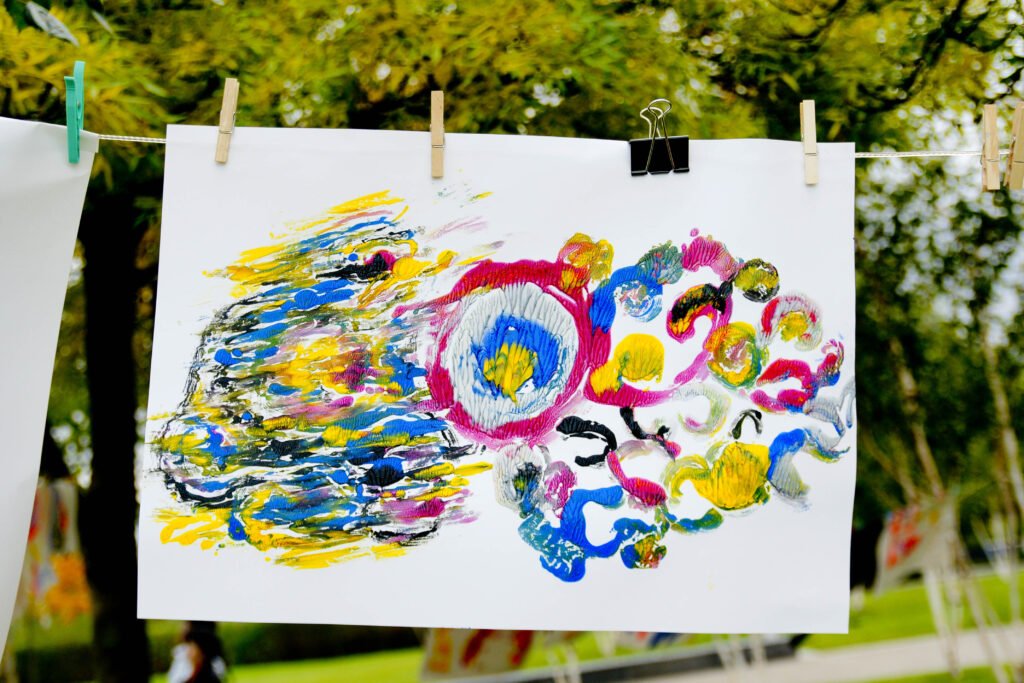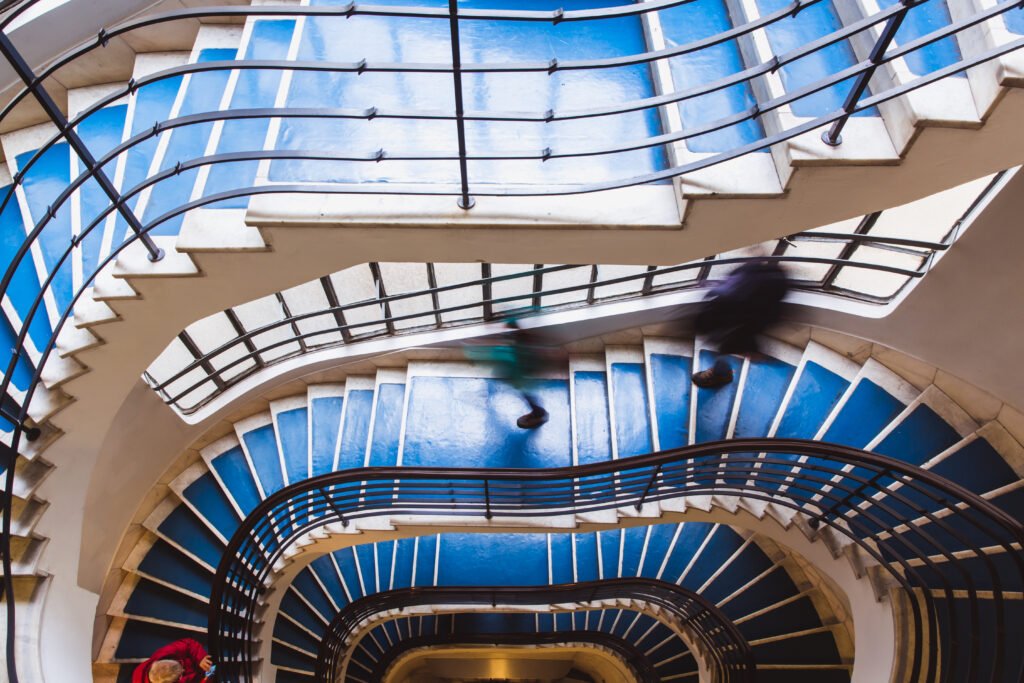Abstract art, although born in the early 20th century, remains deeply relevant to contemporary audiences. Its free forms, vibrant colors, and open meanings allow it to constantly renew itself. In an era defined by information overload, speed, and visual stimuli, abstract art speaks directly to modern anxieties and emotional needs.
More than a style, abstract art has become a powerful channel of emotional and intellectual connection. The growing demand to buy abstract art online proves this point: people of all ages and cultures turn to these works to express identity, enhance their spaces, and often invest in cultural assets with long-term value.
Emotion, Freedom, and Personal Interpretation
One of the key reasons for the continued strength of abstract art lies in its ability to evoke deep emotions. Unlike figurative art, which depicts recognizable scenes, abstract art invites the viewer into a subjective experience. According to the study Emotional Responses to Abstract vs. Representational Art, published by the University of Vienna in 2021, modern audiences feel more emotionally engaged when viewing abstract works because there is no single or obvious interpretation.

This openness allows individuals to assign their own meaning to the artwork. In a time of hyperconnectivity and information excess, abstract art provides a rare opportunity for pause and introspection. Philosopher Alain de Botton, in his book Art as Therapy (2013), argues that abstract art functions as a psychological mirror: “It does not show us the world as it is, but as we feel it inside.”
For this reason, many people choose to buy abstract art not only to fill empty walls but to create environments that express emotion, individuality, and atmosphere. Abstract becomes a personal statement, not just decoration.
Abstract and The New Modes of Consumption
Another reason for abstract art’s growing connection with the modern public is its adaptability to digital platforms. With the rise of cultural e-commerce, it has become easier to buy art quickly, securely, and even with personalization. According to The Global Art Market Report, published by Art Basel and UBS in 2023, 38% of global art sales in 2022 occurred online, with abstract art among the most popular categories.
This shift has changed where the best places to buy art are: no longer only physical galleries, but also online art stores, curated platforms, and social networks. The convenience of browsing, ordering, and even customizing a piece of abstract art appeals especially to young adults looking for originality and ease.
Moreover, abstract adapts extremely well to digital formats. Artists can now create exclusive works for virtual environments, including NFT collections, while audiences can engage with art through augmented reality or immersive online exhibitions. All of this brings abstract art closer to people, both in experience and accessibility.
The bond between abstract art and modern audiences goes far beyond aesthetics. It lies in the freedom of interpretation, emotional resonance, the identity it helps to shape, and the wide access provided by technology. For those looking to buy abstract art today, the possibilities have never been greater.



